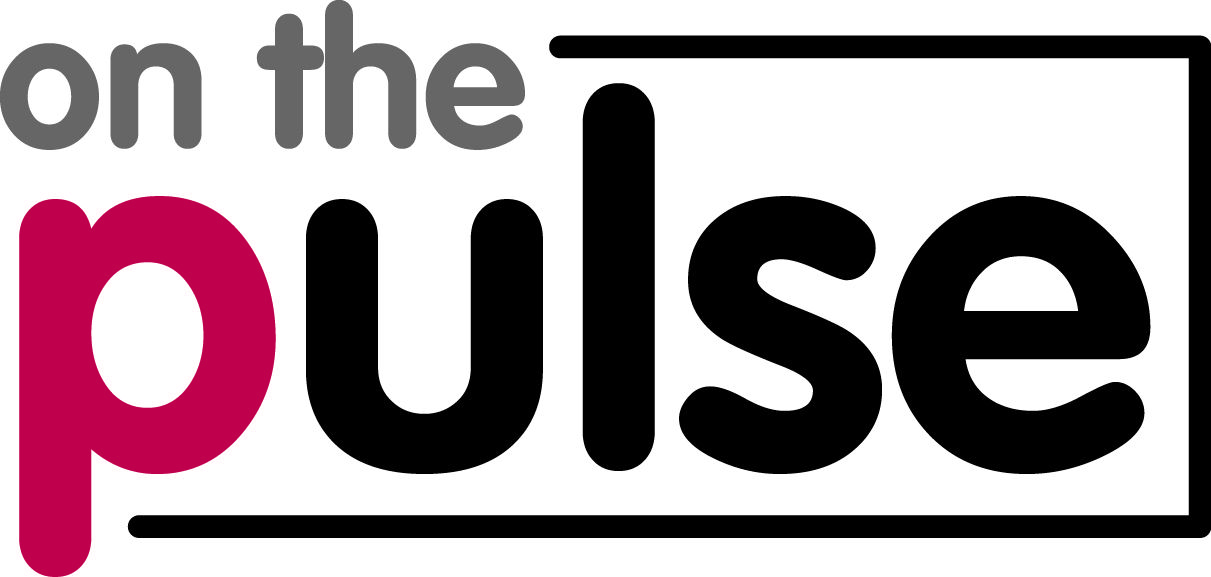Working out at the gym is an excellent way to stay in shape, but things can become frustrating if you don’t get the results you want. After weeks of weightlifting, it can be easy to wonder why you don’t look as muscular as you feel you should. However, building muscle requires a combination of exercise, nutrition, rest, and consistency. Let’s explore four easy tips to increase muscle strength so that you can enhance your current routine.
Do the Right Exercises
Compound movements are the bedrock of any effective strength-building program. Exercises like squats, deadlifts, bench presses, and pull-ups target multiple muscle groups simultaneously, allowing you to lift heavier weights and stimulate more muscle fibers. As a bonus, these movements mimic natural body mechanics, creating functional strength that translates to everyday activities.
You can also try different high-intensity workouts with plate-loaded machines, such as a squat press or seated row. These types of workouts increase energy expenditure, which helps your body target fat stores more efficiently, contributing to a leaner, more toned appearance.
Eat a Balanced Diet
Eating the right food is as important as doing the proper exercises. To build muscle, you’ll want to stick to lean, protein-packed foods, such as these:
- chicken or turkey breast
- egg whites
- Greek yogurt
- tofu
- chickpeas
- quinoa
Consuming protein within two hours after your workout helps optimize muscle repair and growth processes. Likewise, you should eat complex carbohydrates like brown rice, quinoa, and sweet potatoes before exercising to maintain steady energy levels.
Pro Tip
Our bodies rely on water to support every cellular function, including muscle contractions and nutrient transport. Drink water throughout the day, not just during workouts, to maintain optimal muscle function.
Get Enough Rest and Recovery
Taking days off is another tip for improving your muscle strength since rest triggers hormones that help repair and build the muscle tissue you damaged during training. After all, lifting weights creates tiny microtears in the muscle, and recovery gives the body time to repair them. Lifting back-to-back every day can actually weaken the body by not allowing it to heal.
Remember that days off don’t necessarily mean doing nothing. While you can relax, you can also engage in light activities, such as walking or gentle stretching, to enhance blood flow and nutrient delivery to recovering muscles. These low-intensity activities help remove metabolic waste products from your muscles without adding significant stress.
Stay Consistent and Track Progress
Your muscles respond to regular, repeated stimulus by adapting and growing stronger. While missing one or two workouts is fine, building strength requires at least two days of weight training per week. Track your workouts and the areas of the body you focus on each day so that you can consistently challenge your muscles and avoid plateaus.
Additionally, setting specific, measurable goals keeps you motivated and provides clear targets to work toward. Whether you want to deadlift your body weight or complete 10 unassisted pull-ups, having concrete objectives helps you stay focused during challenging workouts. Celebrate small victories along the way to maintain momentum and build confidence in your ability to reach larger goals.
